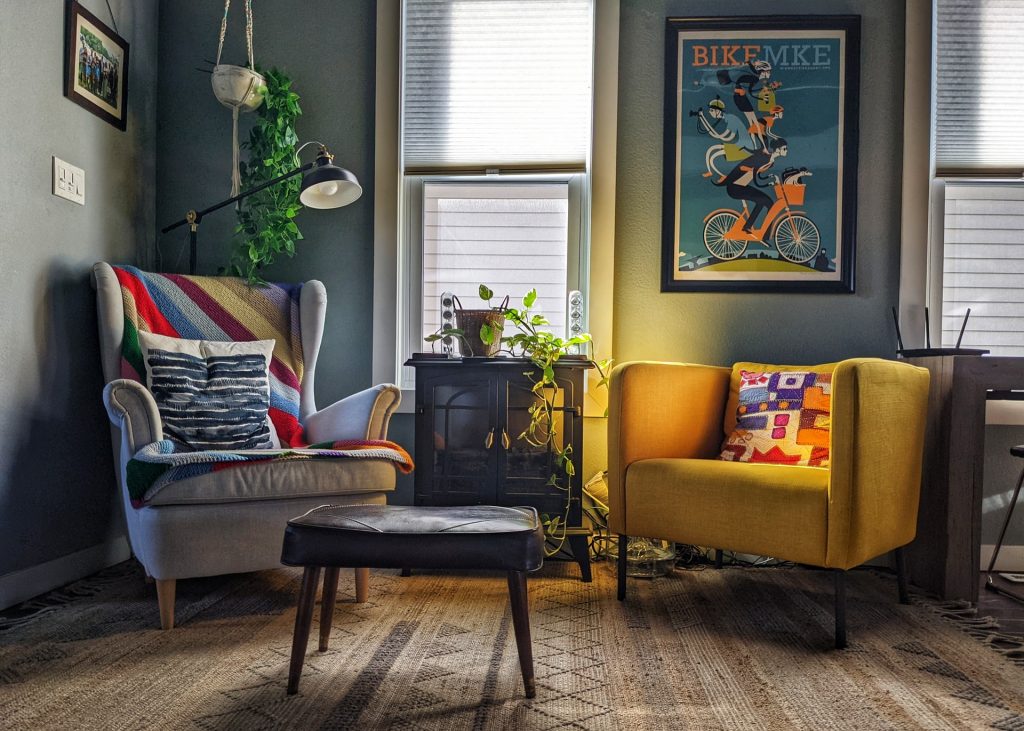Honeycomb Blinds for Businesses in Toronto

People generally underestimate how important blinds are, both aesthetically and functionally. An interior is completely altered with the addition of blinds – for better or for worse. So, in a professional setting, like an office or a store, poor quality blinds just won’t stand. Here’s why honeycomb blinds from Domir Blinds are great for businesses.
Professional Appearance
To start, a professional place of business should look professional. When no thought or investment is put into the environment a business operates in, it makes the business appear to be poorer quality. Therefore, it’s worth considering how your blinds might affect your business appearance. Poor quality blinds, like the standard, aluminum-slatted ones, will give a negative impression of your business.
Honeycomb blinds are the perfect solution for a professional interior that doesn’t cost a small fortune to design. These blinds are much more elegant than their aluminum-slatted counterparts. Plus, even if the material they’re made of isn’t high-end, it still looks higher quality than aluminum. These blinds also act as a great accent for your interior design.
Simple Design
The design of honeycomb blinds is simple and attractive. These blinds know what they’re about. They offer straightforward light control for rooms without blackout needs. Additionally, they’re easy to control and can be easily opened or closed by employees or guests in a waiting room.
The best part about the simple design of honeycomb blinds is that they don’t distract from the rest of the interior. Instead, they offer a simple, solid backdrop to other, more important features. Whether that’s a beautiful bouquet of flowers, a potted plant, or simply a row of comfortable chairs makes no difference.
Light Filtering
Furthermore, honeycomb blinds offer light filtering, which is great for businesses. Slatted type blinds make you choose between no light exposure, or direct light exposure to varying degrees. However, direct light exposure is harsh and means potential damage from UV. UV can negatively impact people, plants, animals, and even bleach the color from fabrics. The light filtering provided by a set of closed, honeycomb blinds means gentle lighting for the duration of business hours without having to fuss with cords and adjusting rods.
Affordable Honeycomb Blinds for Businesses
What’s more important than appearances and functionality? Well, if you’re a small business or buying in bulk, the cost factors in pretty heavily. Fortunately, Domir offers blinds for businesses at a great price. Because we’re the manufacturer, you get a better price. That’s because you don’t have to pay the overhead costs of a middleman if you cut them out altogether! There’s no better deal than that.
If you’re not sold on honeycomb blinds, check out our other great blinds for professional settings. Then, give us a call and we’ll help you put in an order.



